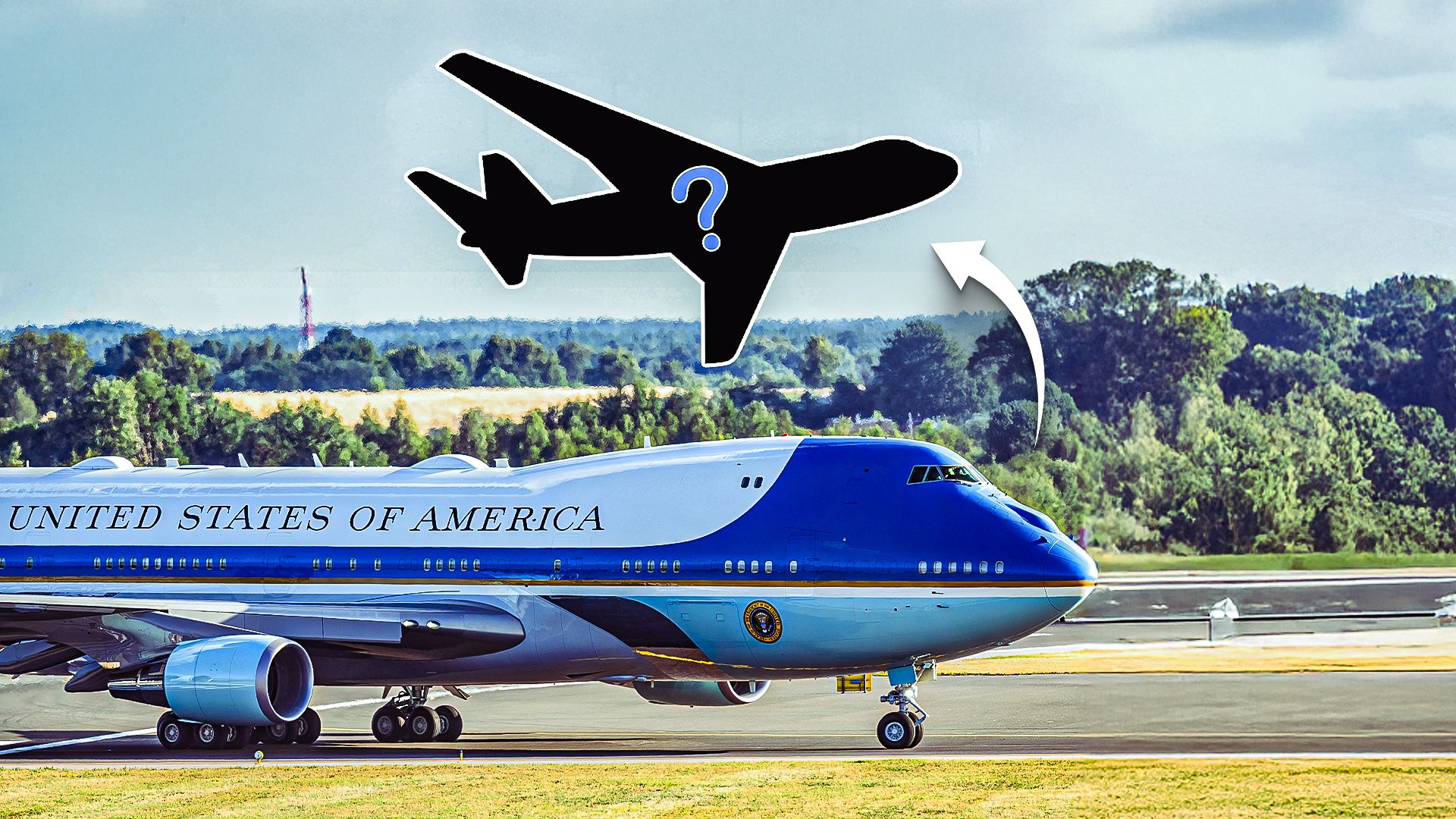World
New Boeing 747-8i Set to Replace Aging VC-25A Air Force One

The United States is preparing for a significant transition in its presidential air travel capabilities with the introduction of a new Boeing 747-8i aircraft, which will eventually replace the aging VC-25A fleet currently serving as Air Force One. Recently delivered from Qatar, this aircraft is set to undergo extensive modifications to meet the rigorous requirements of a presidential jet.
The VC-25A fleet, based on the Boeing 747-200B, has been in service for over thirty years. In contrast, the new 747-8i is a much more modern aircraft, providing advanced technology and improved performance. The U.S. Air Force has contracted Boeing to develop the next generation of presidential transport, designated as the VC-25B. These aircraft are expected to be delivered by 2029, although delays in production have pushed back the timeline significantly.
Acquisition and Modifications of the New Aircraft
Earlier this year, the United States Department of Defense officially accepted a Boeing 747-8i, a luxury aircraft gifted by the Qatar royal family. This aircraft is intended to serve as an interim Air Force One while the VC-25B program is finalized. The formal acceptance took place on May 21, 2025, with Pentagon spokesman Sean Parnell confirming compliance with all federal regulations.
The aircraft arrived in the U.S. in February 2025 for inspection before the handover. Currently based at San Antonio International Airport in Texas, it is undergoing evaluation and preparation for retrofitting. The modifications are expected to include advanced security features, encrypted communication systems, and enhanced defense capabilities, with the project rumored to be managed by L3Harris Technologies under a classified contract.
Specifications and Unique Features of the Boeing 747-8i
The Boeing 747-8i gifted to the U.S. was originally part of Qatar’s VIP fleet known as Qatar Amiri Flight. Among the 19 Boeing 747-8is delivered to private customers, this aircraft, registered as P4-HBJ, was built in 2012. It features a series of luxurious amenities, including multiple lounges, dining areas, and a master bedroom suite. However, much of the opulent interior will be reconfigured to meet the stringent Air Force One standards.
Performance-wise, the Boeing 747-8i boasts impressive specifications: a length of 250 feet 2 inches, a height of 63 feet 6 inches, and a maximum takeoff weight of 987,000 pounds. The aircraft is powered by four General Electric GEnx engines, each providing over 66,000 pounds of thrust, allowing it to cruise at 504 knots and cover a range of 7,730 nautical miles.
The existing VC-25A fleet, on the other hand, has been a staple of U.S. presidential air travel since its introduction in the early 1990s. Designed to include advanced communication and defense systems, the VC-25A also features a unique layout, with a designated area known informally as the “White House” that includes the executive suite, medical annex, and various other essential facilities.
With the VC-25A nearing its 30th anniversary, the U.S. Air Force has been exploring potential replacements since the late 2000s. After evaluating several options, including the Airbus A380, the decision was made to upgrade to the Boeing 747-8. The first two aircraft for the VC-25B program were originally ordered by Transaero, a Russian airline, but were repurposed for U.S. government use following the airline’s bankruptcy.
The VC-25B is expected to incorporate many of the features of the VC-25A while enhancing security capabilities and interior layouts to better serve the needs of the presidency. Expected upgrades include improved communications systems, EMP protection, and missile defense mechanisms. Although much of the interior remains classified, it is anticipated that the aircraft will include various working areas and a presidential suite.
As the timeline for the delivery of the VC-25B extends to 2029, the interim Boeing 747-8i will play a crucial role in ensuring that U.S. presidents continue to have access to secure and reliable air transportation. The evolution of Air Force One reflects not only technological advancements but also the ongoing commitment to the safety and efficiency of presidential travel.

-

 Politics4 weeks ago
Politics4 weeks agoSecwepemc First Nation Seeks Aboriginal Title Over Kamloops Area
-

 World5 months ago
World5 months agoScientists Unearth Ancient Antarctic Ice to Unlock Climate Secrets
-

 Entertainment5 months ago
Entertainment5 months agoTrump and McCormick to Announce $70 Billion Energy Investments
-

 Science5 months ago
Science5 months agoFour Astronauts Return to Earth After International Space Station Mission
-

 Lifestyle5 months ago
Lifestyle5 months agoTransLink Launches Food Truck Program to Boost Revenue in Vancouver
-

 Technology3 months ago
Technology3 months agoApple Notes Enhances Functionality with Markdown Support in macOS 26
-

 Lifestyle3 months ago
Lifestyle3 months agoManitoba’s Burger Champion Shines Again Amid Dining Innovations
-

 Top Stories2 months ago
Top Stories2 months agoUrgent Update: Fatal Crash on Highway 99 Claims Life of Pitt Meadows Man
-

 Politics4 months ago
Politics4 months agoUkrainian Tennis Star Elina Svitolina Faces Death Threats Online
-

 Sports5 months ago
Sports5 months agoSearch Underway for Missing Hunter Amid Hokkaido Bear Emergency
-

 Politics5 months ago
Politics5 months agoCarney Engages First Nations Leaders at Development Law Summit
-

 Technology5 months ago
Technology5 months agoFrosthaven Launches Early Access on July 31, 2025




















